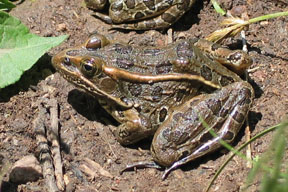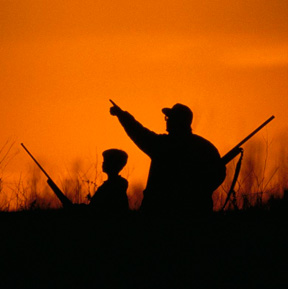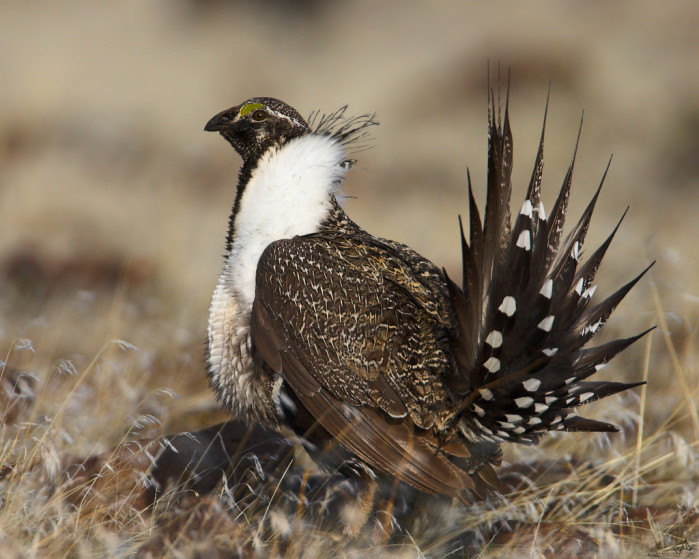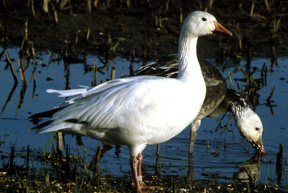 A designation as endangered or threatened for the Western population of the northern leopard frog was deemed “not warranted” by the US Fish and Wildlife Service late last year.
A designation as endangered or threatened for the Western population of the northern leopard frog was deemed “not warranted” by the US Fish and Wildlife Service late last year.
According to a US Forest Service report, the northern leopard frog is, however, “listed as a sensitive species by the Northern (Region 1) and Rocky Mountain (Region 2) regions of the USFS, and by the Bureau of Land Management (BLM) state offices in Wyoming and Colorado.”
The report also notes that, “Northern leopard frogs are considered to be of special concern in Idaho, Colorado, Indiana, and Connecticut, while Montana considers it endangered on the western side of the Continental Divide and of special concern to the east. It is protected in Oregon and classified as endangered in Washington.”
There are some dozen species of leopard frog, and sometimes there is confusion in sorting them out, as the discovery of a new species of leopard frog in New York City, announced in March, shows.
A close look at Northern leopard frog populations in Nevada, published in the journal Ecology and Evolution in July, showed that the two remaining populations in the western part of the state are genetically distinct from populations in the eastern part of the state.
The work shows the difficulty of Northern leopard frog conservation.
Read the paper in Ecology and Evolution. (A fee or subscription is required.)
Photo: Northern leopard frog, from the western population in Arizona. Credit:Shaula Hedwall/USFWS

 A
A  Western states are trying to keep the sage grouse off the endangered species list. Energy companies are trying to build transmission lines and wind facilities. Increasingly, those two goals are in conflict.
Western states are trying to keep the sage grouse off the endangered species list. Energy companies are trying to build transmission lines and wind facilities. Increasingly, those two goals are in conflict.
 Snow geese present a tricky wildlife management situation. Their numbers have increased so much that they are harming the Arctic tundra where they raise their young.
Snow geese present a tricky wildlife management situation. Their numbers have increased so much that they are harming the Arctic tundra where they raise their young.
 A designation as endangered or threatened for the Western population of the northern leopard frog was
A designation as endangered or threatened for the Western population of the northern leopard frog was